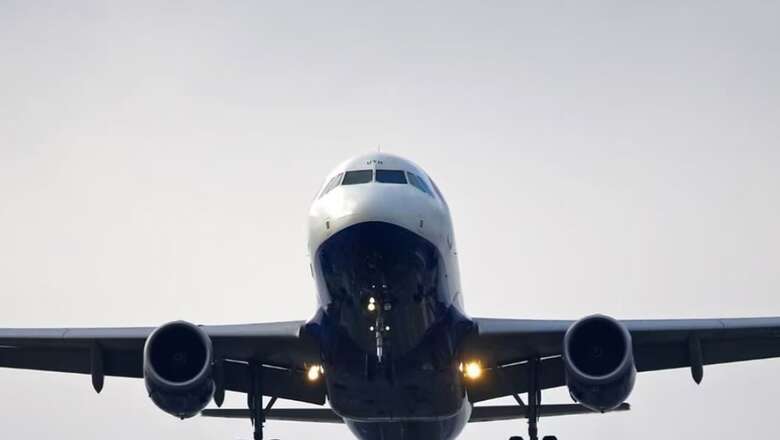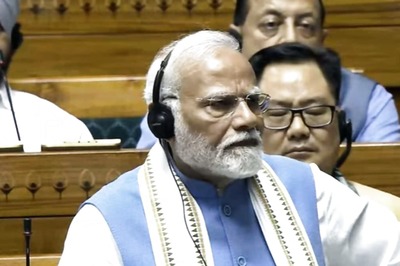
views
Airport Authority of India (AAI) is revamping the country’s air traffic control for a smoother ride from January 1.
The AAI is greenlighting a reduction in lateral separation between two aircraft from 10 nautical miles to 5 nautical miles, made possible by upgraded surveillance capabilities through modernized navigation radars and technology.
This move is not only expected to amplify airspace capacity by over 40 percent, but it will also open up more direct and fuel-efficient routes for airlines, reports ET. At a time when Indian airlines are witnessing a surge in aircraft orders, this development is crucial. Civil aviation minister Jyotiraditya Scindia notes a 75 percent increase in Indian aircraft since FY14, with projections indicating a doubling to 1,500 over the next five years.
A senior AAI official emphasized the urgency to increase airspace capacity, especially with the forthcoming development of Noida and Navi Mumbai Airports, transforming Delhi and Mumbai into a dual-airport region.
Back in 2018, India mandated the use of modern transponders, known as automatic dependent surveillance-broadcast (ADS-B), significantly enhancing surveillance capabilities. Upgraded radars, utilizing modern Mode-S technologies, and widespread ADS-B coverage across most airspace have paved the way for this pivotal change.
The AAI, leveraging these enhanced surveillance capabilities, conducted safety assessments, leading to the conclusion that reducing lateral separation is now viable. This change is poised to benefit all airlines by optimizing airspace usage.
IndiGo, a major player operating 2,000 flights daily, expressed optimism about the new system. Akash Bhatnagar, Vice President of Flight Operations Support at IndiGo, highlighted that the reduced lateral separation enables them to select more fuel-efficient flight levels based on favorable wind patterns. This not only results in fuel savings and reduced carbon emissions but also aligns with sustainability goals in the aviation industry.
India has also established a central air traffic flow management facility where collaboration between Air Navigation Services, the Indian Air Force, and the Indian Army facilitates direct routing when restricted airspace is not in use. This coordination has led to shortened routes and reduced costs for airlines.
For instance, when the Indian Air Force opened up previously restricted airspace in Punjab, the flight time between Delhi and Srinagar decreased by around 10 minutes, saving approximately 400 kg of fuel for an Airbus A320neo. This collaboration is proving instrumental in streamlining air travel, making routes more efficient, and positively impacting airlines’ bottom lines.




















Comments
0 comment